Kanban and Kaizen are two approaches project managers use to consistently optimization in workflows and drive continuous improvement across various industries.
From manufacturing to service–organizations use Kanban and Kaizen in their work environment to manage inventories, control manufacturing costs, etc., and in Agile project management.
However, both methodologies differ from one another, and this blog will discuss Kanban Vs Kaizen to make these differences clear to you.
Kaizen is a Japanese word that means ‘continuous improvement’ and focuses on making small incremental changes in a work environment over time to enhance proclivity, eliminate waste, and reduce cost. Kanban is again a Japanese term that translates to “visual board,” it helps manage and control organizational processes. Its focus is visualizing work, streamlining workflow efficiency, and limiting the work in progress.
Kaizen addresses a larger scope of process improvement and cultural change in a work environment. In contrast, Kanban has a rigid focus on visualizing and optimizing workflows–we will discuss the two from a Kanban Vs Kaizen view.
Kanban Vs Kaizen
What is Kanban?
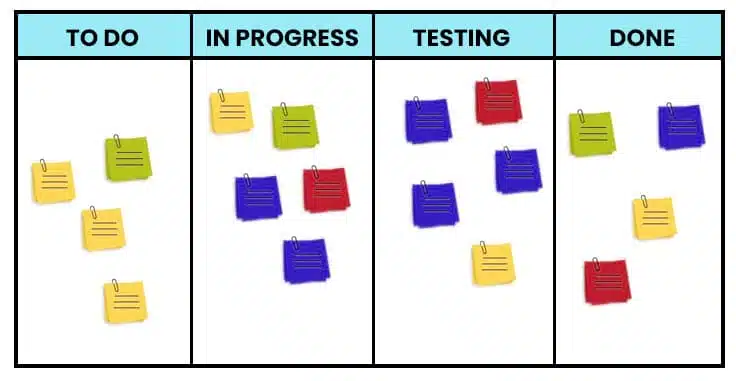
Kanban, a visual system that results in business management and controlling work processes, was first introduced in the early 1940s.
Taiichi Ohno developed the Kanban system. Taiichi Ohno was an engineer and executive at Toyota Motor Corporation, and he played a key role in developing the Toyota Production System (TPS), later known as Lean Manufacturing.
To improve the efficiency and effectiveness of Toyota’s production processes, Ohno developed the Kanban system in the 1950s. The word “Kanban” means “visual card” or “signboard” in Japanese.
In Kanban, team members use digital improvement display boards and digital cards to manage, monitor and improve the work in progress.
Tasks on the Kanban board are shown using Kanban cards. A Kanban card visually represents an item of work,
Each card represents a task, and its movement is transparent to employees within the organization, showing the work’s status. The same can also be done through a value stream mapping technique that creates visual guidelines of all required components needed to deliver a product/service.
For example, if a software development team uses Kanban, they will have a Kanban board divided into columns such as to do, in progress, and done. Each task will be represented by an individual card and placed in the to-do column first. As the work progresses, the task will move to the in-progress column, and once completed, the task will finally move to the done column.
Hence, the traditional Kanban board will give the team a real-time visual representation of the task to promote open communication, track work progress, identify challenges, allocate resources efficiently, and improve.
Types of Kanban
Two main types of Kanban systems are commonly used in manufacturing and project management:
- Production Kanban: Production Kanban system is used in manufacturing or production environments to control the flow of materials and ensure smooth production. It involves using physical cards or containers (Kanban cards) representing specific parts or components. These Kanban cards are attached to the containers and are used as signals to request the replenishment of parts when consumed.
- Task Kanban: Task Kanban, or Kanban boards, manages and tracks tasks or work items in project management or knowledge work environments. It involves using a board or a digital tool divided into columns representing different stages of work or workflow.
What is Kaizen?
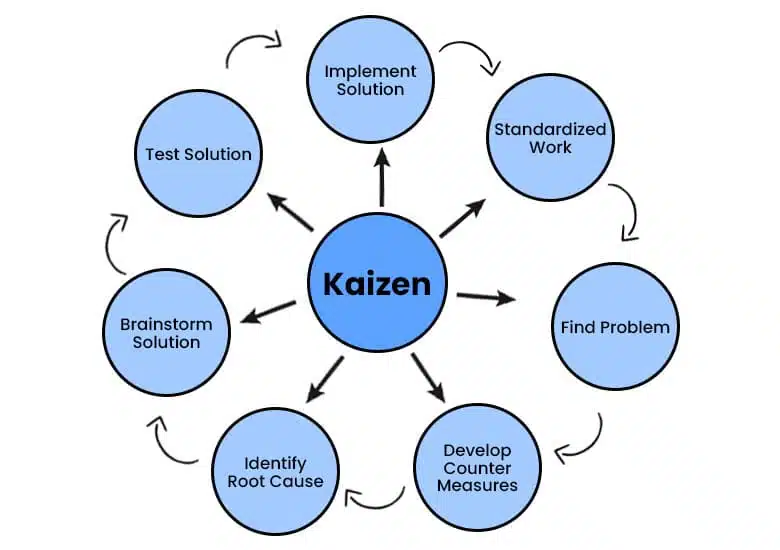
Kaizen methodology was first introduced in Japan after the second world war when the Japanese economy sought to improve its manufacturing processes and rebuild the economy.
Masaaki Imai popularized this concept in his book “Kaizen: The Key to Japan’s Competitive Success” in the 1980s; the concept has since been adopted as a part of strategic business management.
A Kaizen session, also known as a Kaizen event, Kaizen blitz, or a Kaizen workshop, is a focused activity that aims to make incremental and continuous improvements in an organization’s specific process or area.
Kaizen’s core is creating a continuous improvement culture by enabling employees to identify and implement changes across different business management levels. The methodology believes that even minor changes can contribute to significant changes over time.
For example, let us consider a manufacturing company producing smartphones. By applying the Kaizen methodology, the business management aims to improve its assembly line process policies after identifying a bottleneck in the production process causing manufacturing delays.
Following the Kaizen philosophy, employees can collaborate with the top management to brainstorm small improvement ideas like rearranging workstations for minimal movement, implementing visual cues for different parts, and standardizing processes at each level.
With gradual implementation, the assembly line will become more efficient with less wait time and improved quality.
Lean management is a key part of Kaizen. Businesses use lean manufacturing to reduce waste and improve production efficiency.
Kanban vs Kaizen: In-depth analysis
Purpose
Kanban
The Kanban system fosters continuous improvement in a work environment by making small yet significant changes to systems, processes, and behaviors. It focuses on eliminating waste, reducing costs, improving produce/service quality, and enhancing employee proclivity.
Kanban’s motive recognizes that even minor continuous improvements can reap significant gains for any business.
Kaizen
Kaizen’s main purpose is to visualize workflows and identify and optimize bottlenecks. It helps teams in an organization – big or small- manage, tracks, and improve work processes by limiting work-in-progress tasks and increasing employee productivity and efficiency.
Since it provides a clear visual representation of all tasks, the status, and how they flow through different stages with transparency, it helps teams prioritize work, distribute work as per workload, and achieve a seamless workflow, improving delivery times and efficacy.
Principles
Kanban
- Visualise Workflow: Kanban emphasizes visualizing the workflow to gain deeper insights and track project pipeline status in real-time.
- Continuous Improvement: Kanban promotes a culture of continuous improvement. It encourages small, incremental changes and ongoing process refining at all times.
- Limit Work in Progress: Kanban focuses on rationalizing and managing the work-in-progress levels to ensure a smooth workflow with minimized bottlenecks.
- Start With What You Do Now: Kanban’s methodology changes existing processes to preserve value, address problems, and minimize disruptions.
- Encourage Acts of Leadership at All Levels: With Kanban, leadership is encouraged between all levels of employees in a work environment. Everyday actions and observations contribute to this culture of continuous improvement that drives optimal employee performance.
- Focus on the Flow: Kanban optimizes workflow from start to end to ensure that the project completion is efficient and timely.
- Focus on Customer Needs: Before business needs, Kanban prioritizes meeting customer expectations by ensuring experience satisfaction, quality of product, reduced timelines, and effective pricing.
- Evolutionary Changes: The Kanban approach encourages employees to pursue change through evolutionary modifications in the current processes. This leads to avoidance of large-scale changes, which often come with resistance.
- Regularly Review the Network of Services: With Kanban, there is a focus on connected services and not all team structures. This encourages continuous improvement, evaluation, and process alignment, enhancing customer satisfaction and output delivery.
- Manage Work, Not Workers: Kanban empowers workers/employees to self-organize their work by providing them with the required training, fundamental tools, and development opportunities to manage work and not them, specifically.
Kaizen
- Ask Questions: Kaizen encourages asking questions and focuses on the why aspect of each problem to uncover the root cause. This enables effective problem-solving and repeatedly prevents the recurrence of the same issue.
- Problems Generate Improvement Opportunities: The Kaizen approach helps employees identify and address problems systematically, transforming them into opportunities instead of fostering higher innovation.
- Take Ideas From Everybody: As per Kaizen, a culture of inclusiveness allows people to take ideas from everybody around them to maximize collective wisdom.
- Reject the Status Quo: Kaizen challenges complacency and supports a continuous improvement Kaizen mindset to push for advancement and positive change in the work environment.
- Think of Here-and-Now Solutions: Kaizen is a practical approach promoting immediate action that can be implemented immediately without delay.
- Choose Simple Solutions: Kaizen advocates for simplicity when solving problems and focuses on selecting straightforward solutions rather than unnecessarily complicated situations.
- Excuses are Unnecessary: Kaizen is based on accountability and ownership. This eliminates the need for excuses and only focuses on finding actionable solutions.
- Continuous Improvement Never Ends: One of the most important principles of Kaizen is that continuous improvement is never-ending, and there needs to be a commitment to the same; this drives a culture of continuous learning, advancement, and efficiency in the work environment.
- Correct All Mistakes On-The-Go: Kaizen also advocates for promoting a proactive approach that promptly addresses all mistakes to prevent them from occurring again and improves overall working efficiency.
Tools and Techniques
Kanban
Some commonly used tools and techniques in Kanban include:
- Kanban Board: Kanban boards are visual communication tools with columns representing different workflow stages. It also includes visual cards that represent individual work items or tasks. Throughout history, Kanban improvement boards have provided a clear visual representation of all work items and helped the team track progress, prioritize project pipelines, and distribute tasks amongst one another.
- Cumulative Flow Diagram: The Cumulative Flow Diagram visualizes the workflow items over time with the number of tasks assigned in each stage. It helps employees identify challenges, measure timelines and provide insights for process improvement.
- Limit WIP (Work in Progress): Limit WIP is a tool that limits the number of tasks in the ‘in progress section at any time. It prevents overloading the team with work, maintains a smooth workflow, and even reduces context switching.
Kaizen
Some commonly used tools and techniques in Kaizen include:
- Six Sigma: Six Sigma is one of the most popular Kaizen techniques, a data-driven methodology aiming to improve processes by reducing defects and enhancing product/service quality. It focuses on a customer-centric approach and provides measurable results to improve business success.
- PDCA (Plan, Do, Check, Act) Cycle: The PDCA cycle is a problem-solving approach that includes planning, implementing changes, evaluating results, and acting on the lessons to drive further improvement.
- Gemba Walks: Gemba Walks is a technique that includes going to the actual workplace, observing processes, and gathering in-depth insights for improvements. This helps employees understand the process’s existing state and identify improvement areas.
Pros
Kanban
- Optimises workflow efficacy by identifying and reducing bottlenecks
- Provides a visual representation of all work due transparently and promotes collaboration amongst colleagues at all business management levels
- Enables better task prioritization, resource allocation, and team coordination
- Supports incremental changes along with continuous work delivery
Kaizen
- Engages employees at all business management levels and encourages teamwork
- Identifies, eliminates, and solves wastage issues by improving efficiency and quality
- Encourages a culture of continuous improvement through proactive changes
- Provides a systemized approach to problem-solving all issues–big or small
Cons
Kanban
- Since it relies strongly on an effective visual facilitation approach and communication between different departments, it is challenging to implement in distributed or remote teams
- It is not suitable for highly unpredictable business environments
- Since Kanban does not define specific roles, it leads to confusion related to roles and responsibilities
- The approach can be a complicated one when managing large-scale projects with multiple teams
Kaizen
- Since it focuses on small incremental changes, results may take time to show
- Requires significant time and resources for employee involvement
- When there is not a proper execution of continuous improvement projects with Kaizen, they leave minimal, no, or even negative consequences
- Kaizen is a cultural shift and mindset change-driven process that can be a hurdle for employees who are comfortable with the existing status quo
Usage
Kanban
- Mostly used in the IT sector, especially software development for agile methodologies and project management
- Used in manufacturing industries like Toyota factories for production control and supply chain management
- Applied in the knowledge-based work environment to improve workflow and manage different tasks
- Used in several industries for optimizing processes through visualization like in profit maximization and marketing
Kaizen
- Used in manufacturing industries for process improvements and waste minimization
- Implemented in the healthcare sector to improve patient care processes during and after treatment
- Applied in service industries to enhance customer after-sales service, quality, and overall efficiency
- Kaizen principles are also adopted by government or public sector organizations to reduce bureaucracy, improve operational efficiency and improve service delivery
Kanban Board Vs Kaizen Board
Like Kanban, Kaizen also has a board called Kaizen board.
Kaizen boards, and Kanban boards have different purposes but are similar in appearance. Kaizen boards manage Kaizen efforts, whereas Kanban boards show workflow.
Most project management software that supports Kanban boards can also help you create a Kaizen board.
Conclusion
While Kanban and Kaizen have different purposes and follow different approaches, both contribute to continuous improvement in streamlining workflows. Both approaches focus on increasing efficiency and enhancing proclivity for better business outcomes.
Kanban is better suited when an organization focuses on visualizing workflow, adaptability, and flexibility in real-time work progress. On the other hand, Kaizen is better suited for organizations that want to create a culture of continuous improvements through small changes and employee engagement. Kanban and Kaizen can be used with one another as they complement each other in achieving incremental improvements, cultural shifts, and sustainable transformations.

I am Mohammad Fahad Usmani, B.E. PMP, PMI-RMP. I have been blogging on project management topics since 2011. To date, thousands of professionals have passed the PMP exam using my resources.

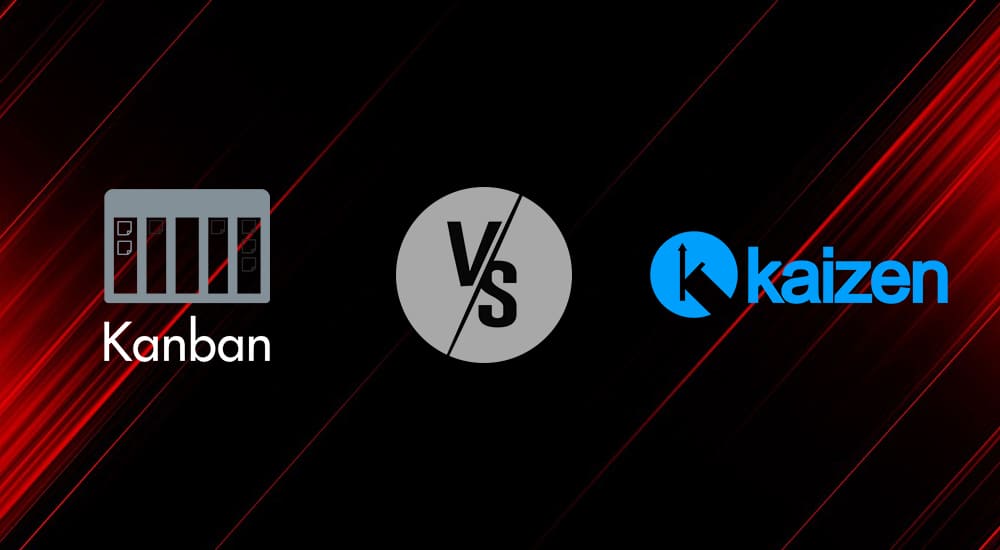
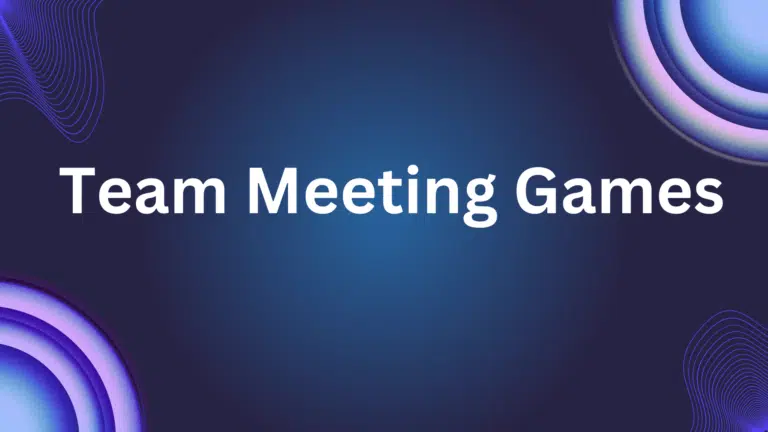
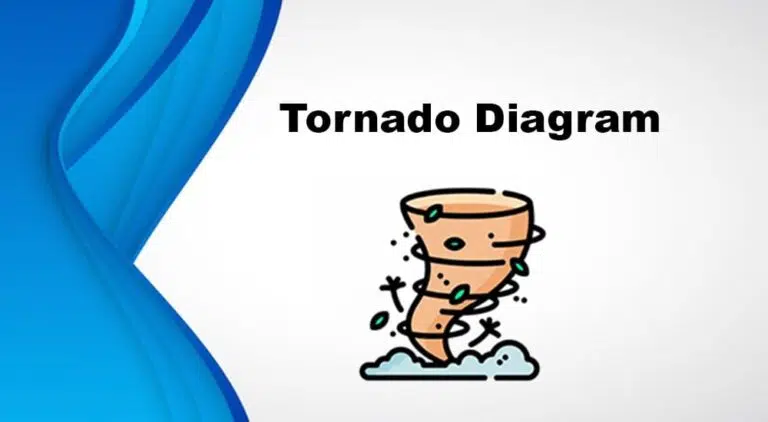
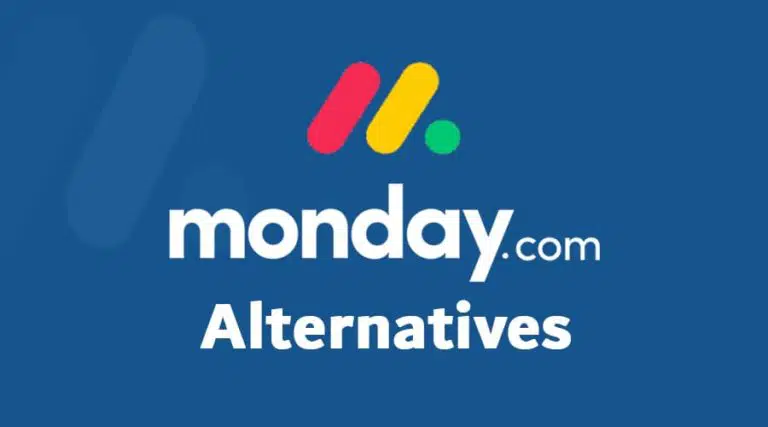
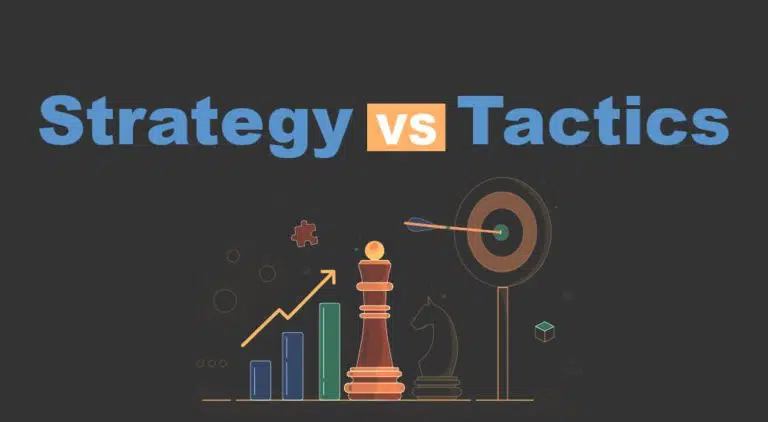
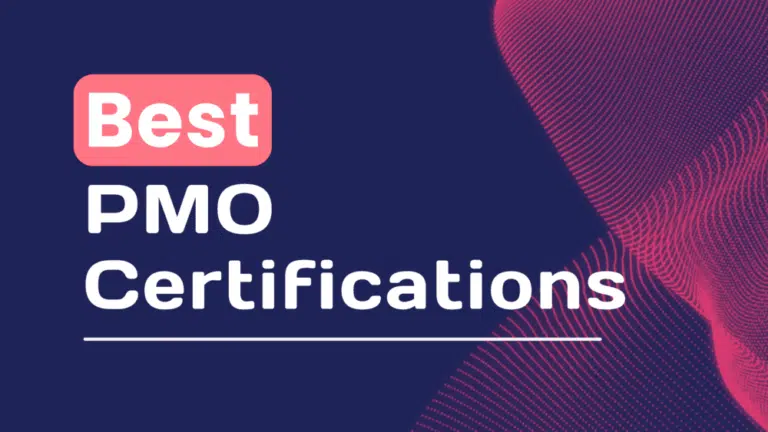
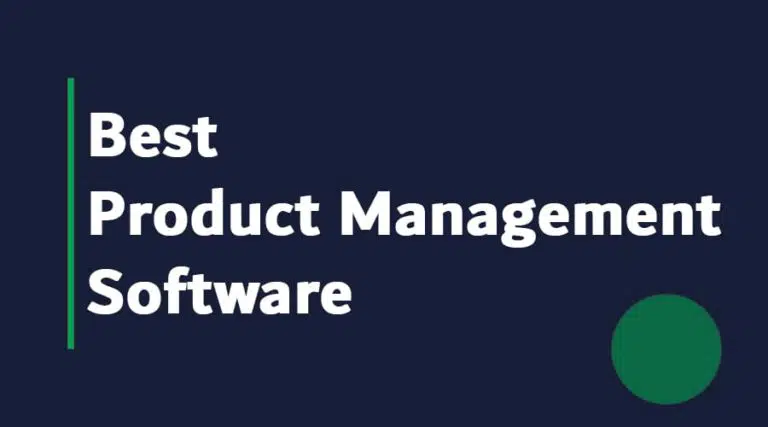
I think the purpose of Kaizen and Kanban are swopped around in the article?